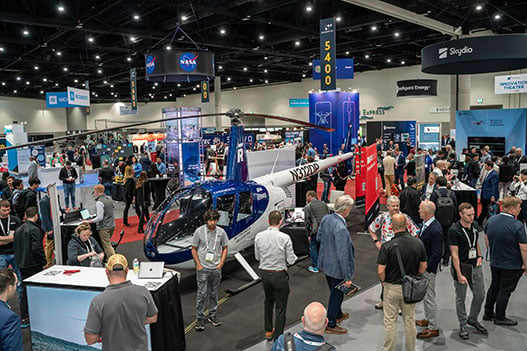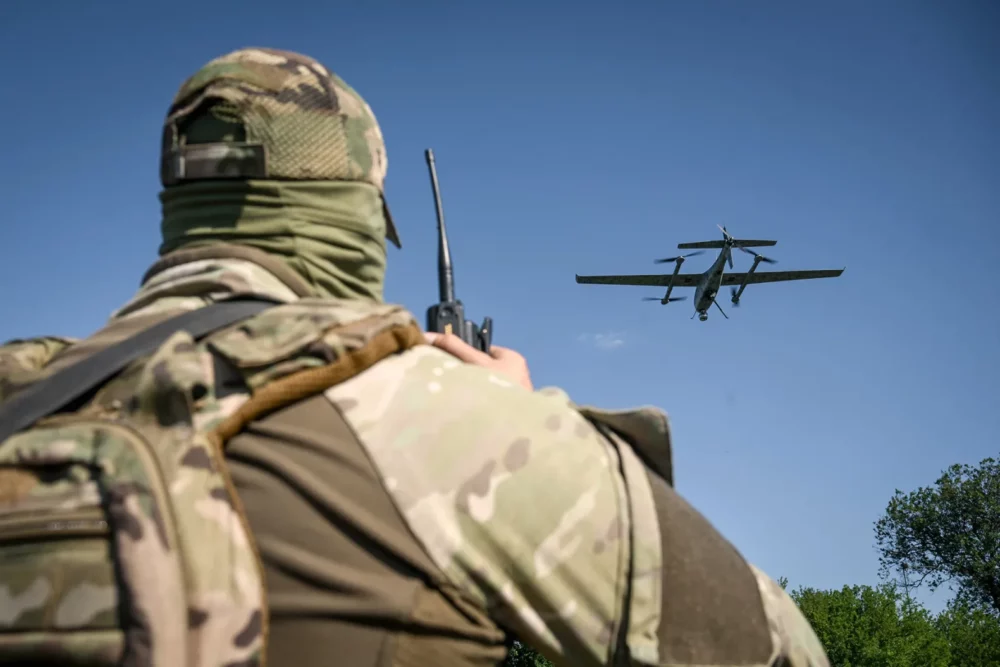By Mickey Miller, CEO, Vislink
Last month I attended one of the year’s largest shows of uncrewed technology, hosted by the Association of Uncrewed Systems and Vehicles International (AUVSI) in Houston, Texas. At XPONENTIAL 2025 I witnessed firsthand the energy, ingenuity, and urgency driving our sector forward. With more than 8,000 leaders, engineers, and policymakers gathered under one roof, the event was a powerful reminder of the pace of change – and the challenges ahead.
Earlier this week, those trends moved from the conference hall to the global stage.
Ukraine’s recent drone attacks on Russian airbases, deep within enemy territory, powerfully illustrate how the next generation of autonomous systems is reshaping modern conflict. These strikes demonstrate the increasing role of long-range, precision drone operations in strategic warfare – validating many of the themes we explored at XPONENTIAL. The battlefield has become the proving ground for what was once only theoretical in tech conferences.
The Market Is Crowded – But Opportunity Lies in Differentiation
Walking the show hall, it was clear: the drone and radio communications market is bustling with activity. Dozens of companies showcased platforms, payloads, and connectivity solutions, each vying for a piece of a rapidly expanding pie.
Yet, as I spoke with fellow executives and end users, one theme emerged: differentiation is critical. The future belongs to those who can offer not just hardware, but integrated solutions – seamless workflows, robust security, and actionable intelligence. The days of “just another drone” are over; the winners will be those who solve real problems in real time.

The Next Critical Feature: No GPS or Radio Signature
Security and resilience dominated the agenda this year, especially as policymakers and technologists debated the risks of foreign-made components and the vulnerabilities of traditional navigation systems.
My key takeaway: the next generation of drones must be able to operate without a GPS or radio signature. This is no longer just a military requirement – it’s a necessity for critical infrastructure, disaster response, and any mission where stealth, safety, and reliability are paramount.
Advances in onboard sensors and AI-driven navigation are making GPS-denied flight a reality, and those who master this capability will set the standard for the industry.

The Data Revolution: Sensor Fusion and AI-Driven Decisions
Perhaps the most exciting conversations at XPONENTIAL centered on the convergence of sensors – LiDAR, cameras, radar, and beyond – and the AI algorithms that turn raw data into actionable insight.
The future of autonomy is about more than flight; it’s about intelligence. Drones equipped with multi-sensor arrays and edge AI are now capable of real-time object detection, predictive analytics, and autonomous decision-making. This shift is enabling proactive responses to dynamic environments, from infrastructure inspection to public safety and defense.

Looking Forward
The recent events in Ukraine confirm what many of us already know: the age of intelligent, secure, and adaptable drones has arrived. At Vislink, we’re building solutions that reflect this new reality – resilient, real-time systems that empower operators across defense, public safety, and beyond.
XPONENTIAL 2025 was a vision of the future. This week, that vision became reality.